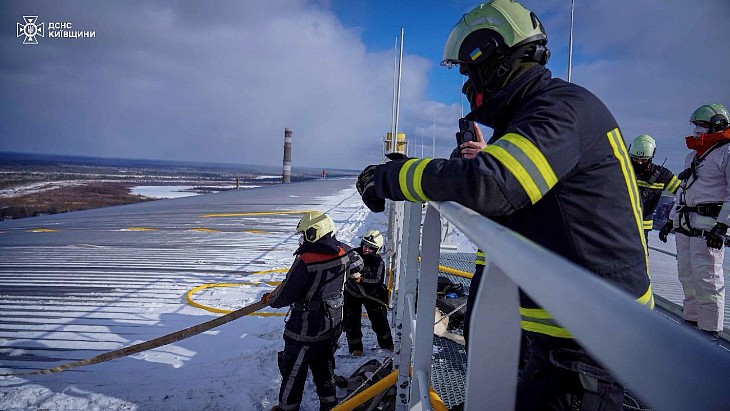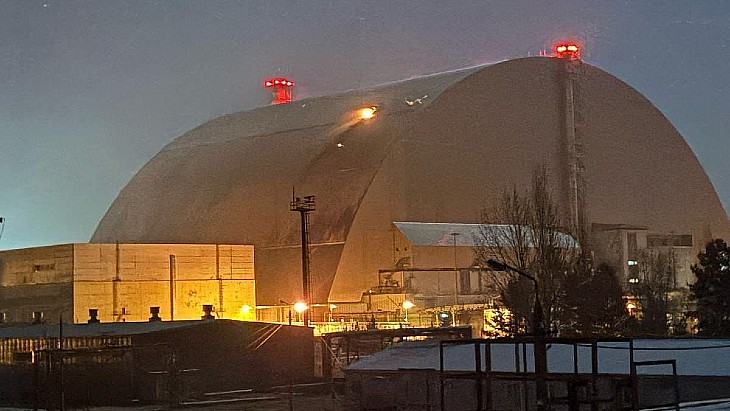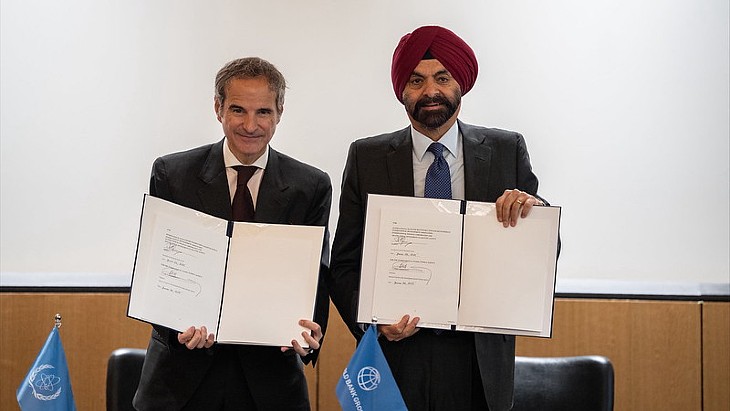Isotope supplies allow USA to stop HEU exports
_2.jpg)
US Secretary of Energy Jennifer Granholm and Secretary of Health and Human Services (HHS) Xavier Becerra have jointly certified that there is now enough worldwide supply of the medical isotope made without HEU to meet the needs of patients in the USA, triggering the congressionally mandated export ban.
"Doctors and patients across the globe can be confident that the critical medical isotope Mo-99 will be there when they need it, and we can provide that assurance without making any further exports of highly enriched uranium," Granholm said.
Mo-99 is used in more than 40,000 medical procedures in the USA each day, including the diagnosis of heart disease and cancer. Most of the world's supply of the isotope is produced by fission of uranium-235 targets in a nuclear research reactor; however the HEU targets used for much of that production (75% in 2016) is a proliferation-sensitive material that, if diverted or stolen, could be used as a component of a nuclear weapon.
For decades, the USA had no capability to produce Mo-99 domestically, so to ensure a stable supply, it exported HEU to foreign medical isotope producers which used the material to produce Mo-99 for the US and global markets. In 2012, Congress directed NNSA to establish a programme to support the development of commercial domestic production of Mo-99 without the use of HEU.
"Achieving a sufficient supply of Mo-99 produced without the use of HEU is a result of significant accomplishments by DOE, HHS and the commercial Mo-99 industry," the DOE said. The NNSA has provided financial and technical assistance to help global Mo-99 producers convert from HEU to low enriched uranium (LEU) as well as supporting the development of a domestic production capability for Mo-99 without use of HEU, awarding over USD200 million in cost-shared cooperative agreements, providing technical support from the US national laboratories, and establishing a Uranium Lease and Take-Back Program for industry.
HHS has amongst other things facilitated this by approving the use of Mo-99 produced by global suppliers using LEU and also approving an Mo-99 production system developed by NorthStar Medical Radioisotopes, which uses Mo-98, rather than uranium, targets.
Globally, Mo-99 is produced in a limited number of research reactors. Australia's OPAL and South Africa's SAFARI reactors are amongst those that now produce Mo-99 from LEU targets, and earlier this year the Nuclear Research and Consultancy Group (NRG) ended its use of HEU targets in the production of radioisotopes at the High Flux Reactor in Petten, the Netherlands.
The NNSA and HHS said they will continue to work together to further bolster the US supply of non-HEU-based Mo-99.









..._58412.jpg)

